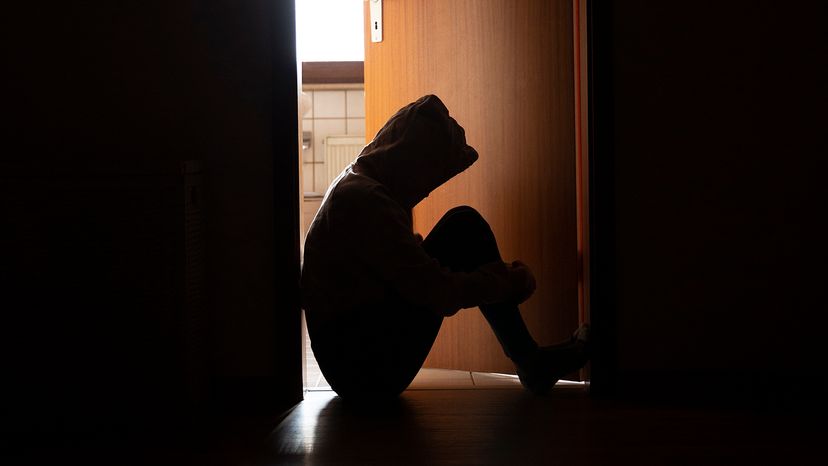
Serial killers have long captured the public's attention with their upsetting stories, but there are few things more tragic than a murder committed by a young child.
While we often think of serial killers as adults, history has documented cases of individuals who initiated violent acts as children — such as Amarjeet Sada, who became the youngest serial killer at just 8 years old.
Advertisement
Mary Bell and Craig Price, who were 11 years old and 13 years old, respectively, at the time of their crimes, are also among the world's youngest serial killers. These young individuals shocked the world by committing horrific offenses at an age when most children are playing in schoolyards.
Although it's disturbing to review the details of these children's cases, understanding the circumstances surrounding their crimes may help others to recognize signs of violent behavior in children and seek the necessary help.
Advertisement